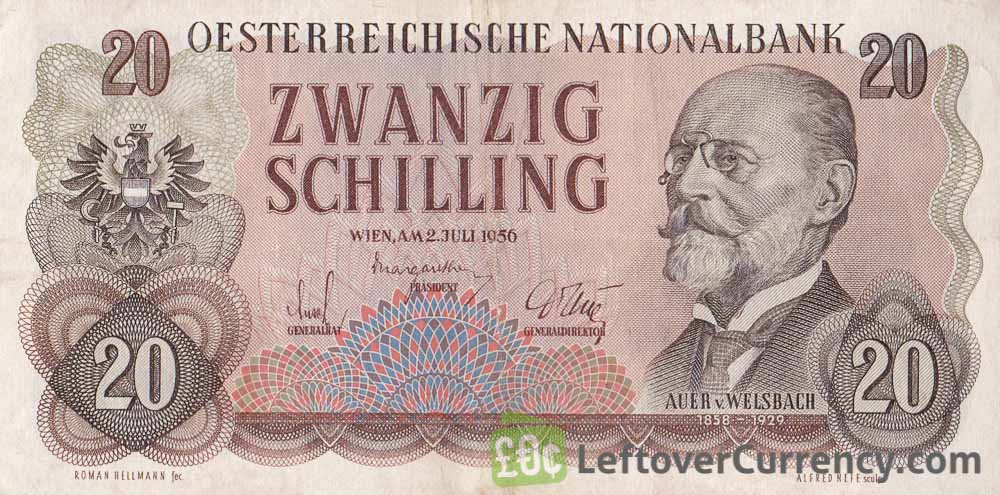He found the rare earth elements: Who is Carl Auer von Welsbach?
Rare earth elements are widely used in the glass and ceramic industry, metallurgical industry, laser production, magnet production, petroleum catalyst, and high-tech devices.

(1858-1929) Austrian chemist and engineer. He applied his research on rare earth to the development of lighting elements. He was born on September 1, 1858, in Vienna. His father, Aloys Auer, one of the famous printers in Austria, gained great fame with the printing techniques he developed and new printing machines, and in 1860 he was knighted under the name Auer von Welsbach. Baron Karl Auer von Welsbach, who first studied at the Vienna Polytechnic School, later became a student of Bunsen in the chemistry department of Heidelberg University. He continued his research on rare earth at the University of Vienna. He died in Treibach on August 4, 1929.
Carl Auer von Welsbach (1 September 1858 – 4 August 1929), who received the Austrian noble title of Freiherr Auer von Welsbach in 1901, was an Austrian scientist and inventor, who separated didymium into the elements neodymium and praseodymium in 1885. He was also one of three scientists to independently discover the element lutetium (which he named cassiopeium), separating it from ytterbium in 1907, setting off the longest priority dispute in the history of chemistry.
Shortly after Auer began research on rare earth metals, he separated didyme, which was previously thought to be a single element, into neodymium and praseodymium (1885). In 1904 he made an alloy known as ferrocerium or Auer metal. Four years later, at the same time as, but independently of, the French chemist Urbain, he discovered the existence of two new rare earth oxides. The names of these elements today are ytterbium and lutetium.
Auer's contribution to technology and science is that beyond separating these metals, it has created important areas of use in industry. The first of his inventions in this field is the lighting element of gas lamps (luxury) known as the "Auer shirt".
In 1885, he found that when he heated a wick or asbestos sticks to be used for the same purpose with a mixture of 90% thorium nitrate and 10% cerium nitrate, these salts were converted into oxides, and the kerosene lamp lit a much brighter light. Since these metals are very scarce on earth, extensive exploration efforts have been undertaken. After a while, a phosphate compound called monazite was found, which contains a high percentage of other rare earth elements besides thorium. Thus, the Auer jacketed gas lamps, which started to be produced on a large scale, entered into competition for a short time with the electric light bulb, which was just beginning to develop at that time.
In 1889 Auer developed the osmium filament for electric lamps. Since osmium is such a rare element, the osmium filament lamp did not receive much attention, but this led to the construction of more advanced electric light bulbs, such as the tungsten lamp, the first metal filament lamp.
